A groundbreaking new method developed at the University of Osaka calculates the entropy of liquids using a non-empirical approach, requiring only the atomic species as input. The paper is published in the Journal of Physics: Condensed Matter.


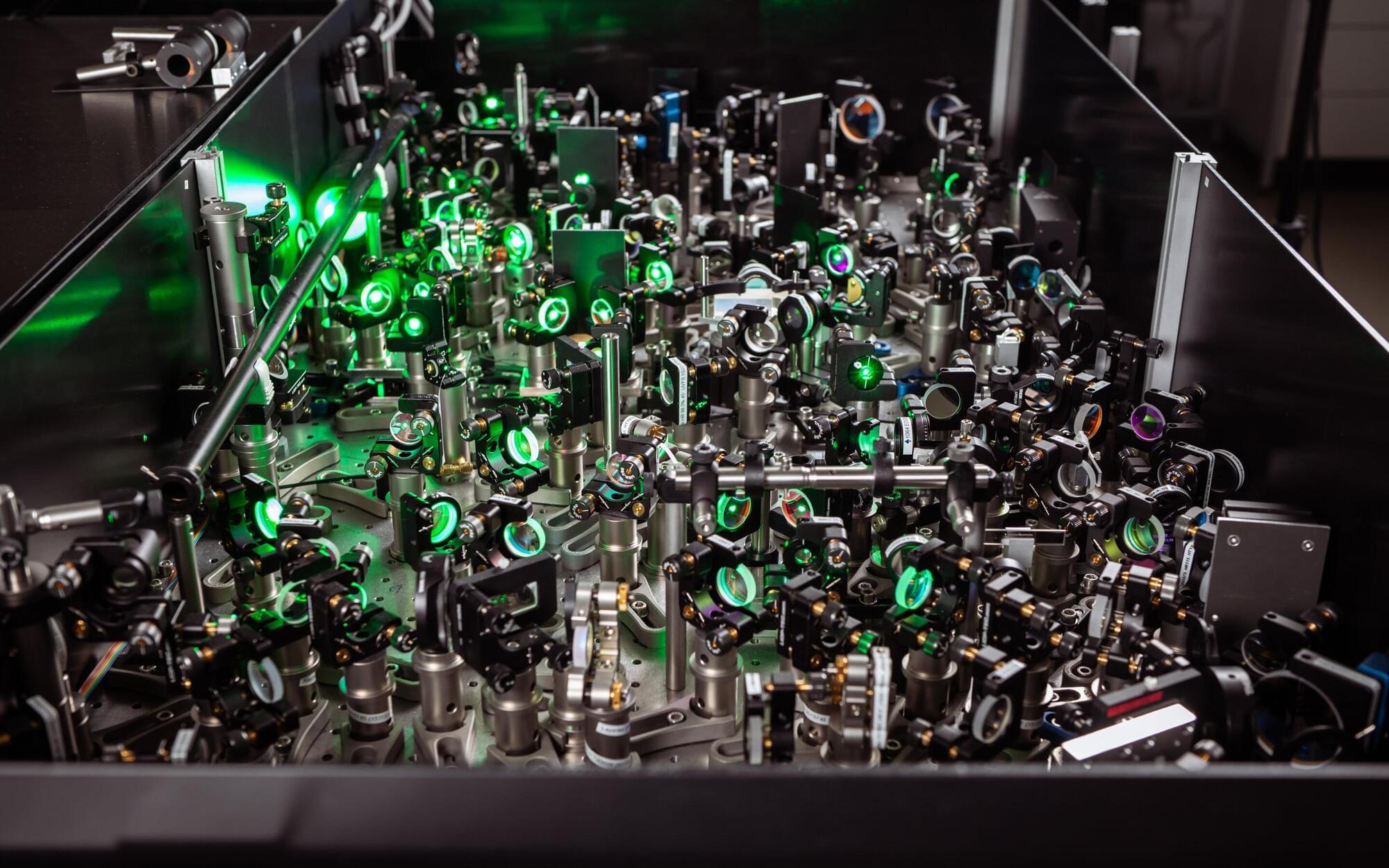
“The result was a huge surprise for us. No theory has ever predicted it,” says Davide Bossini.
Not only does the process work—it also has spectacular effects. By driving high-frequency magnon pairs via laser pulses, the physicists succeeded in changing the frequencies and amplitudes of other magnons—and thus the magnetic properties of the material—in a non-thermal way.
“Every solid has its own set of frequencies: electronic transitions, lattice vibrations, magnetic excitations. Every material resonates in its own way,” explains Bossini. It is precisely this set of frequencies that can be influenced through the new process.
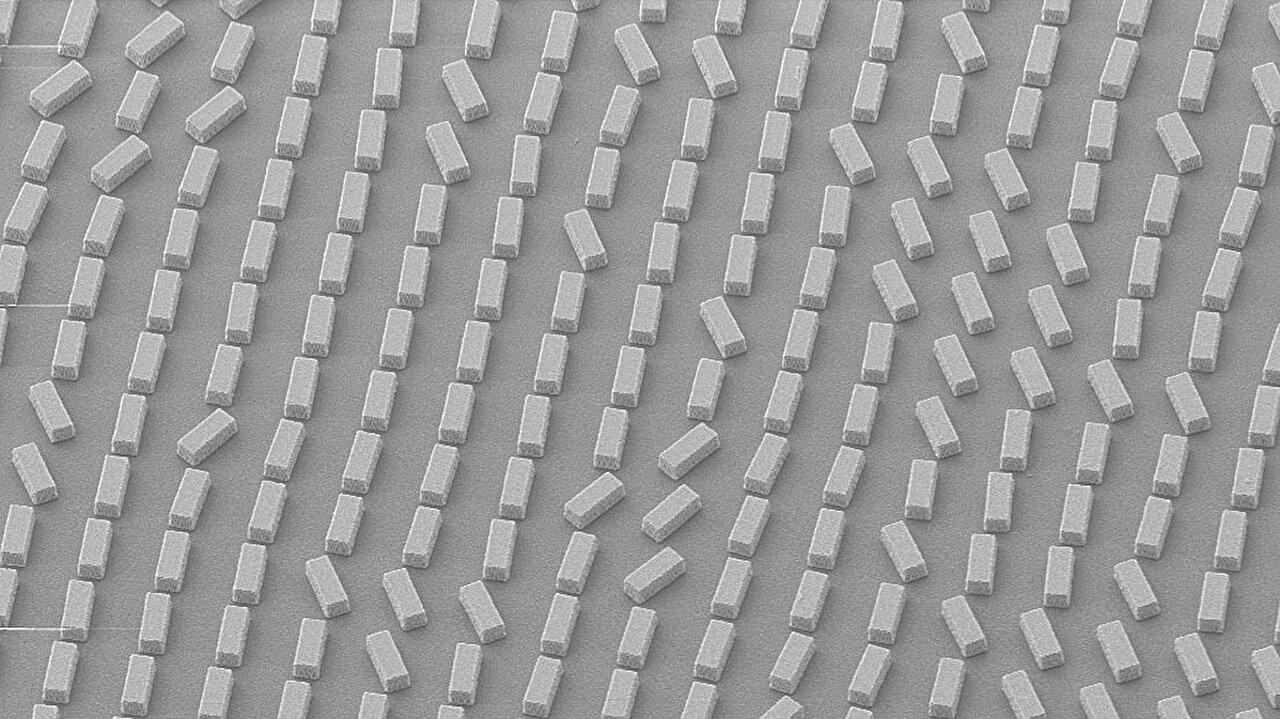
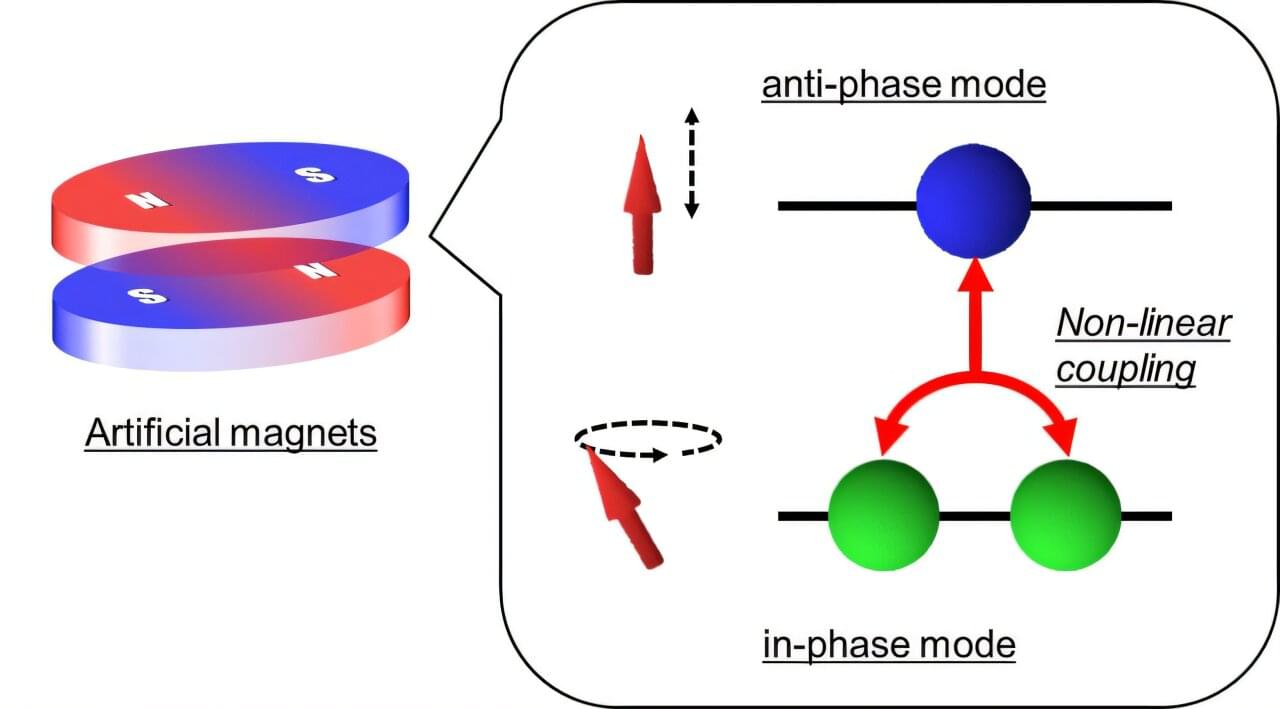
Rabi-like splitting is one of the key concepts in modern quantum technology. Fully understanding it can help us advance our knowledge in quantum information processing. Assistant Professor Aakanksha Sud (Tohoku University), Dr. Kei Yamamoto (JAEA), Professor Shigemi Mizukami (Tohoku University), and collaborators discovered that Rabi-like splitting could be achieved using nonlinear coupling, which remarkably preserves the symmetries of the system. This result opens up various possibilities to deepen our understanding of nonlinear dynamics and coupling phenomena in artificial control.
The findings were published in Physical Review Letters on June 20, 2025.
In quantum physics, when there is a coupling between two harmonic oscillators with an ideal oscillation frequency, the oscillation frequency splits to two different frequencies in the coupled system. The difference in these two frequencies is referred to as Rabi splitting.


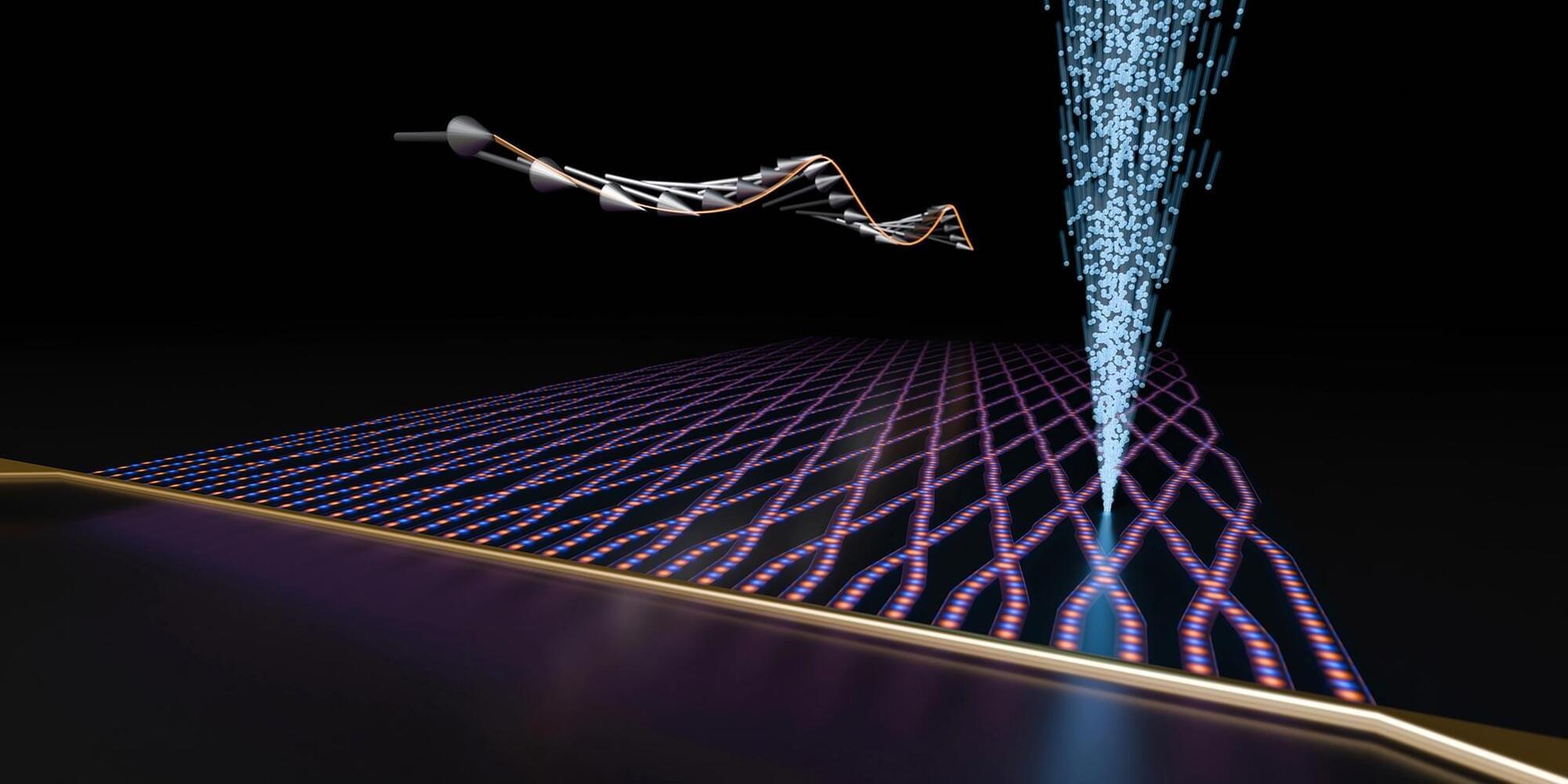
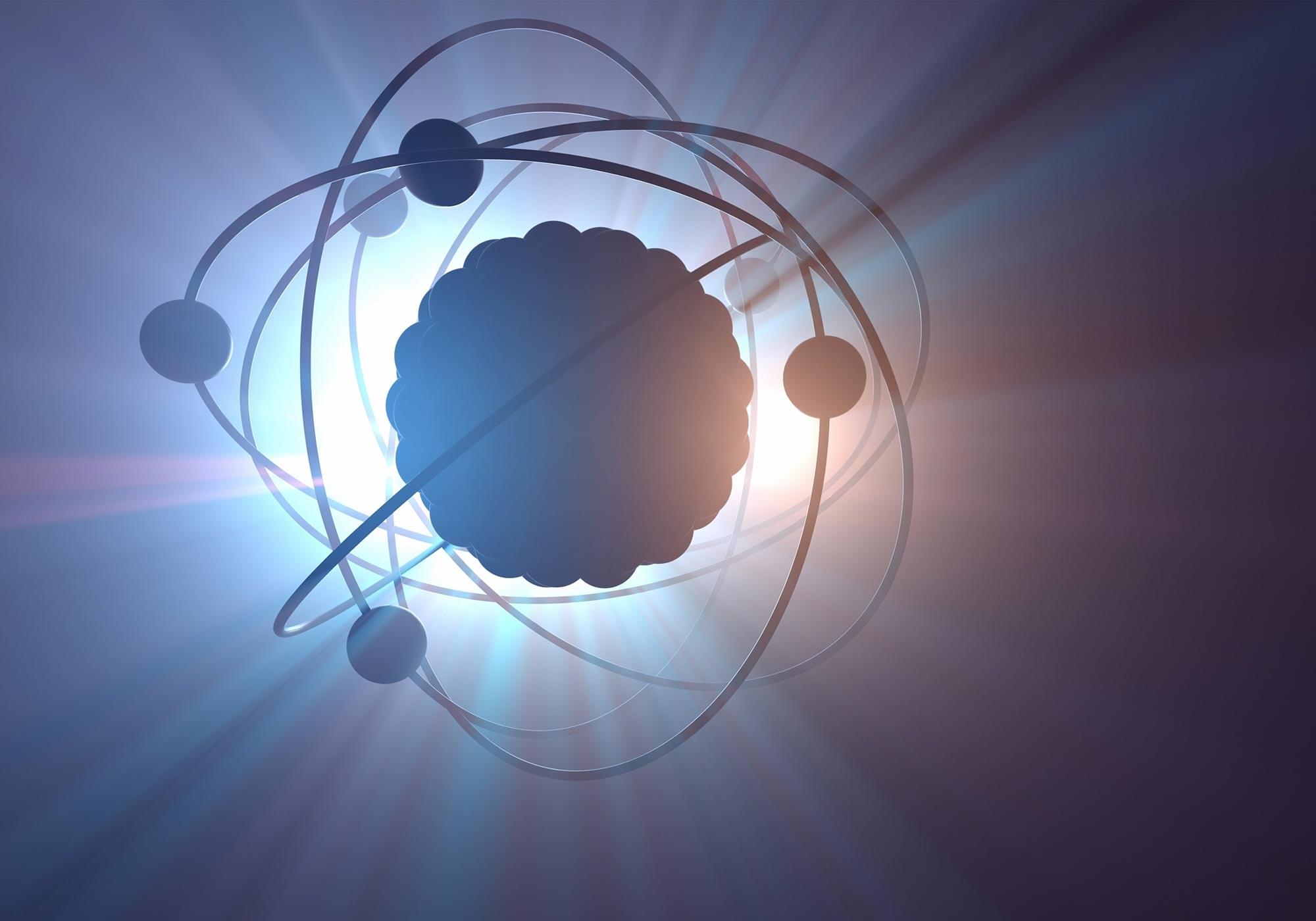
Physicists from the University of Pennsylvania, working with colleagues at Arizona State University, are examining the limitations of a framework that aims to unify the laws of physics throughout the universe. There are two great pillars of thought that don’t quite fit together in physics. The St
